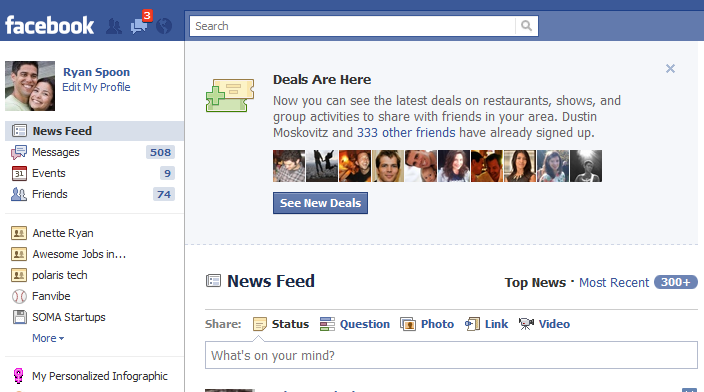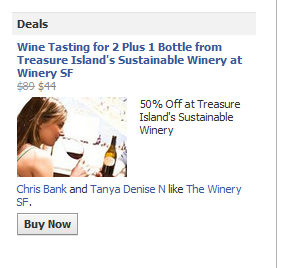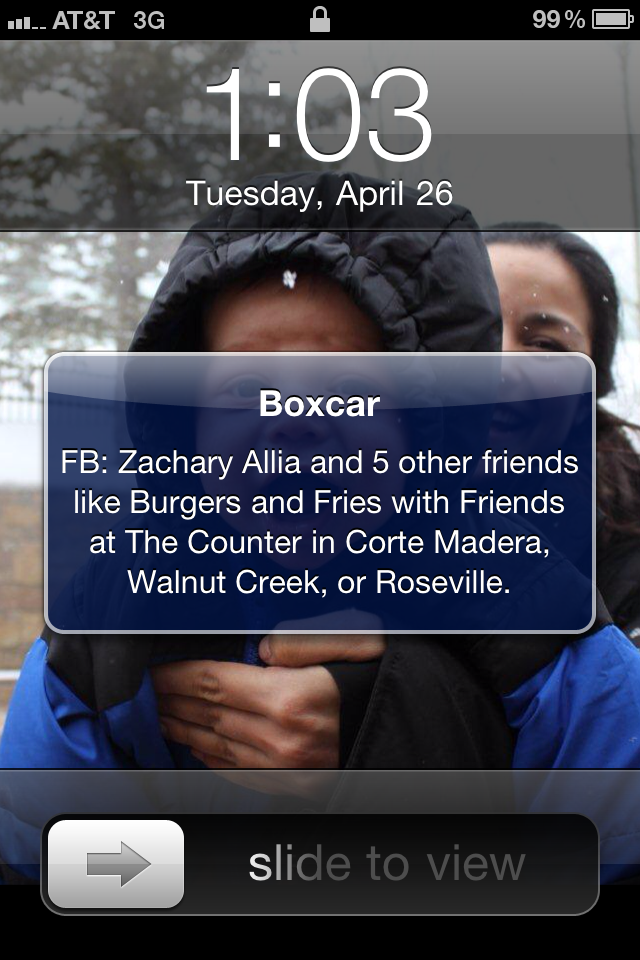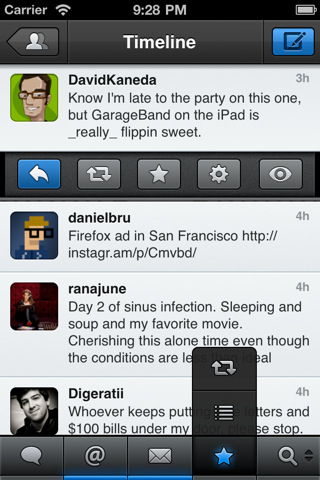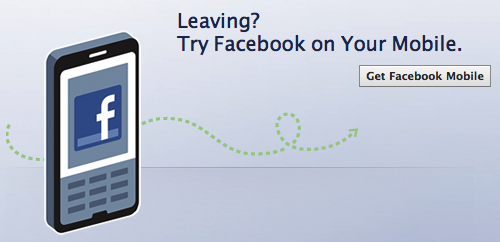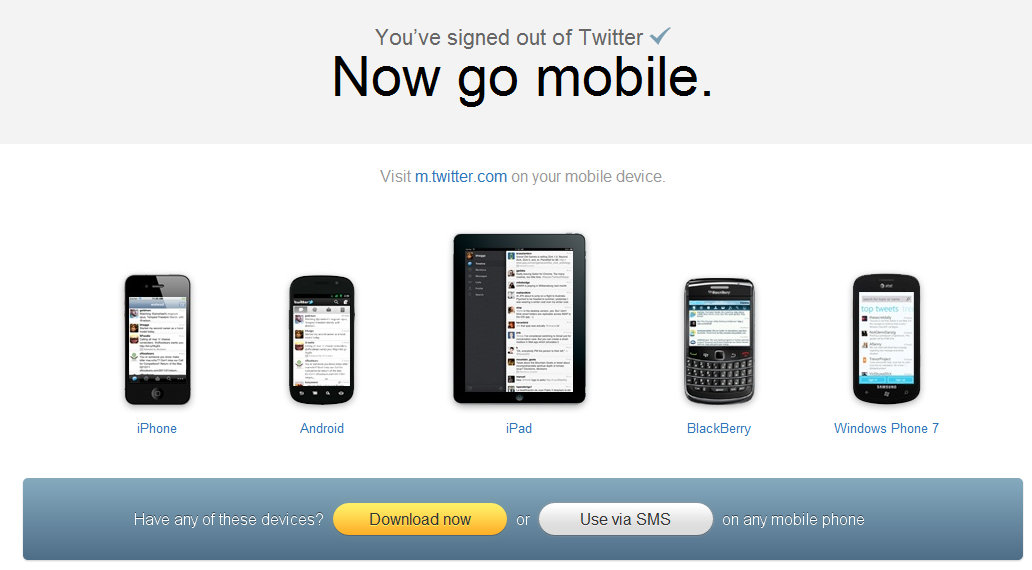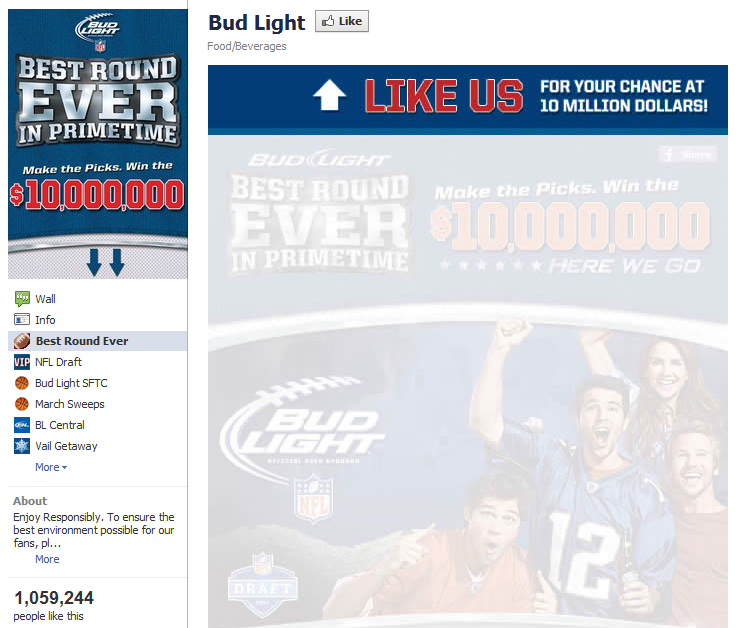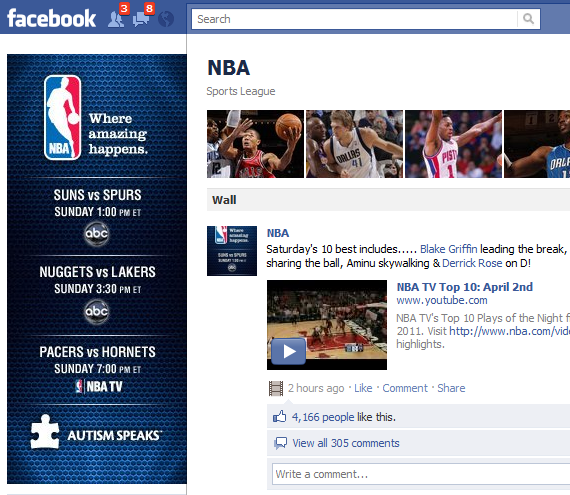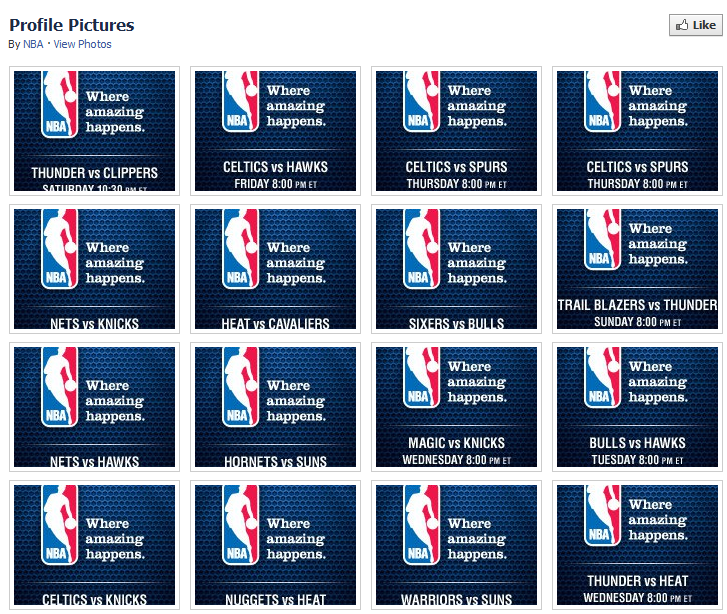I have two mobile application pet peeves: 1. when the first thing I see is a registration flow. 2. and when the registration doesn't use Facebook's steamlined flow. The goal for app developers is to convert downloads into users - and then drive repeat usage. Obviously conversion efficiency is critical ... and each incremental step is an opportunity for drop-off.
Facebook's new mobile Connect flow is a huge improvement and significantly better than asking new users to enter account information. There are two important options:
First, Facebook allows users to connect by running Facebook as a background application. How this works: when a users Connects with Facebook, Facebook opens as a new background application and asks the users for publishing permissions. Importantly, the user never needs to enter / type information AND the application automatically toggles to and from Facebook for authentication.
Second, you can also login directly to Facebook... and in addition to the email address, users can login using their mobile number. This is effective because:
1. your 10 digit phone number is likely shorter than your email address 2. typos are far less likely on the number keypad
Here is an example of Groupon's iPhone app automatically toggling to Facebook for authentication:

The only action by the user is agreeing to the normal publishing requests (using Living Social as the example):

And login via email or phone number:


